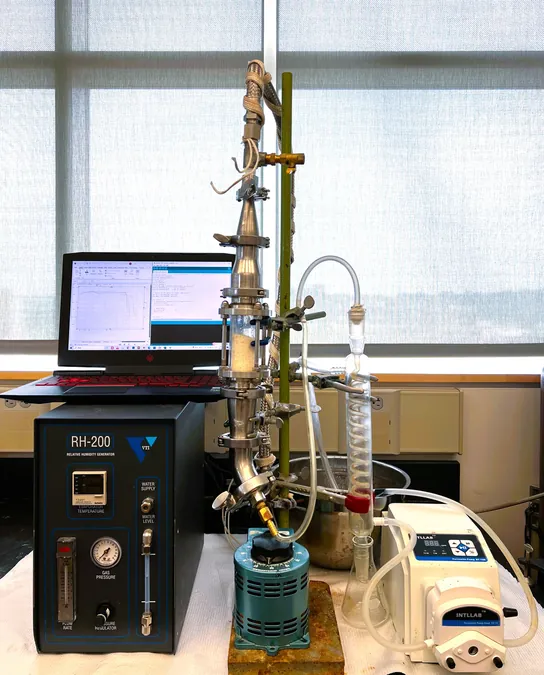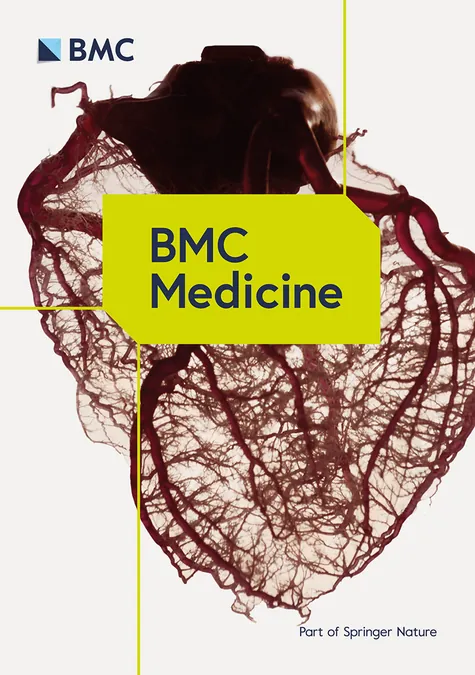
Revolutionary Process Could Turn Fracking Waste into Valuable Resource: Is This the Solution to Our Brine Crisis?
2024-10-10
Author: Siti
In an age where our industrial appetite seems limitless, new technologies have emerged to quench our thirst for energy and resources. Enhanced oil recovery through fracking, desalination of seawater for fresh supply, and extraction of rare metals from previously unusable ores have all made headlines. However, these methods have created a hidden crisis—the overwhelming production of hypersaline brine, a byproduct rich in salt and often filled with contaminants.
Hypersaline brine, defined as wastewater containing salt concentrations vastly exceeding that of seawater, presents a serious challenge. Disposal methods for this byproduct, particularly those yielding total dissolved solids greater than 60,000 mg l-1, lead to technical, environmental, and economic issues that remain unsolved. Experts like Arup SenGupta, a professor of Civil & Environmental Engineering at Lehigh University, stress the urgency of the situation and the need for effective solutions.
The Current Brine Disposal Dilemma
Most conventional disposal methods for hypersaline brine can inadvertently exacerbate environmental issues. Coastal desalination plants often discharge brine back into the ocean, putting delicate marine ecosystems at risk. Inland facilities leave brine to evaporate in open pools, a process fraught with inefficiencies and the risk of contaminating local groundwater. Even deeper well injection of brine has fallen out of favor due to its damaging effects on geological structures and ecosystems.
Alternative technologies like multistage thermal distillation and membrane distillation have their challenges—requiring substantial energy inputs and facing the persistent threat of equipment fouling. With the U.S. Department of the Interior prioritizing methods to efficiently concentrate brine for easier disposal or repurposing, innovative solutions are more crucial than ever.
Introducing Evaporative Ion Exchange (EIX)
Fortunately, a breakthrough may be on the horizon. Researchers SenGupta and Hao Chen have unveiled a novel process called evaporative ion exchange (EIX), which effectively concentrates hypersaline brine at room temperature without needing additional heat. Published recently in the journal *Nature Water*, this method promises not only to mitigate the brine crisis but also to help recover valuable resources, like lithium, from the waste.
The EIX process employs a specialized polymeric ion exchange resin that selectively absorbs water while pushing away harmful salts and compounds. When placed in contact with brine and exposed to air, the resin efficiently evaporates water, leading to rapid concentration without the complications that plague traditional methods. The key innovation allows the process to be repeated multiple times, continually enhancing efficiency while minimizing energy consumption.
In laboratory tests using synthetic hypersaline brine and samples from the Marcellus Shale formation, researchers found remarkable results. After only three cycles of EIX treatment, the volume of synthetic brine decreased significantly while increasing the total dissolved solids concentration nearly threefold. Even more impressively, tests with Marcellus samples led to the crystallization of salts like barium chloride and sodium chloride, demonstrating the potential for resource recovery.
The Future of EIX: A Sustainable Solution?
The implications of the EIX process are profound. As SenGupta points out, conventional methods often require specialty materials and high energy consumption for scaling. In contrast, EIX can be scaled up with ease, relying only on ambient air to operate, thus offering a compelling alternative to existing technologies.
With the research promising a more sustainable approach to managing hypersaline brine and potentially unlocking precious resources, the next phase will involve pilot systems that can firmly establish the effectiveness and efficiency of EIX in real-world settings.
Can this innovative method really save us from the mounting brine crisis? As we stand on the brink of a critical environmental challenge, only time will tell if EIX can be the key to turning waste into wealth. Keep your eyes peeled—this could be the breakthrough we’ve all been waiting for!





 Brasil (PT)
Brasil (PT)
 Canada (EN)
Canada (EN)
 Chile (ES)
Chile (ES)
 España (ES)
España (ES)
 France (FR)
France (FR)
 Hong Kong (EN)
Hong Kong (EN)
 Italia (IT)
Italia (IT)
 日本 (JA)
日本 (JA)
 Magyarország (HU)
Magyarország (HU)
 Norge (NO)
Norge (NO)
 Polska (PL)
Polska (PL)
 Schweiz (DE)
Schweiz (DE)
 Singapore (EN)
Singapore (EN)
 Sverige (SV)
Sverige (SV)
 Suomi (FI)
Suomi (FI)
 Türkiye (TR)
Türkiye (TR)